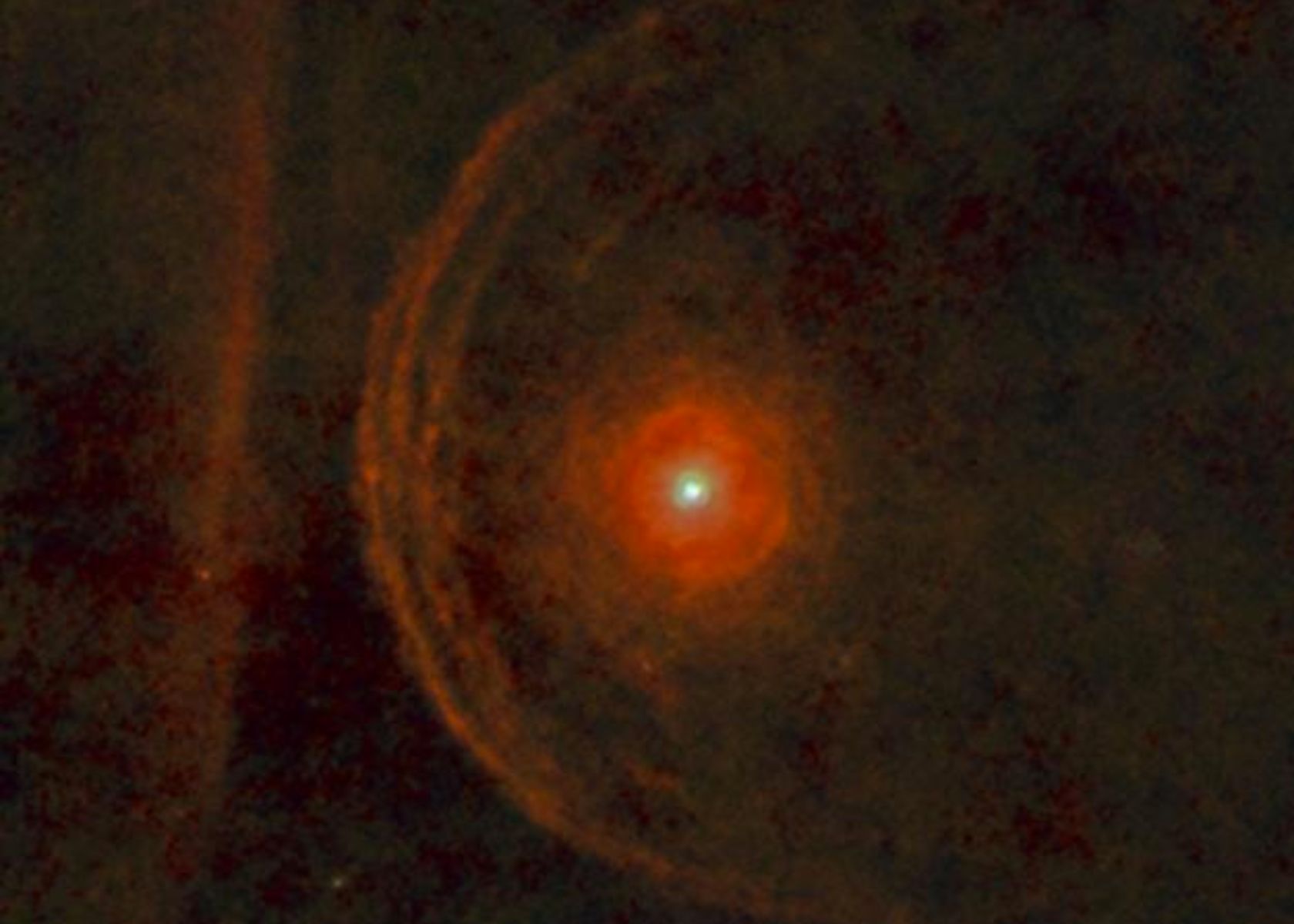
In the coming week, a rare space event is expected. An asteroid named 319 Leona is set to block our view of the red supergiant star Betelgeuse in the Orion constellation.
Betelgeuse, usually the 10th-brightest star we see at night, will take a quick break on Monday, Dec. 11 around 8:17 p.m. EST. That’s when the asteroid will scoot in front of it from where we’re standing on Earth.
However, this cosmic interruption will only last 12 seconds, but it’s a golden chance for astronomers. They can use this moment to make a detailed map of Betelgeuse’s huge surface. Moreover, this star has been acting a bit strange lately, so this event might give some clues about why, as reported by Live Science.
It’s not something you see every day: a bright star like Betelgeuse getting temporarily covered by an asteroid. This rare event called an “occultation,” might even create a special kind of eclipse known as a “ring of fire” around Betelgeuse. However, only a few skywatchers in the perfect spot will catch this unique celestial event.
Visible from Asia to southern Europe, Florida, and eastern Mexico
This rare space moment will only be seen along a thin path from Asia to southern Europe, Florida, and eastern Mexico. The International Occultation Timing Association has a special page just for this event.
They’ve got a Google Earth file viewers can download, showing the whole path. If someone is lucky enough to be on that path, they won’t need binoculars or a telescope to catch the event, but having them will make the experience even better, according to Live Science.
BREAKING NEWS, really.
Next 12 Dec., we will show you live, online, the extremely rare #occultation of #Betelgeuse ⭐️ by asteroid #Leona. One of the rarest astronomical events ever.
Join us from the comfort of your home here 👇👇👇https://t.co/fPADt2FKHi pic.twitter.com/AYUorYVrhR— Virtual Telescope (@VirtualTelescop) December 4, 2023
For those outside the viewing path, The Virtual Telescope Project in Italy will host a live stream of the upcoming celestial event. The livestream is scheduled to commence on December 12, 2 a.m. local time or 8:00 p.m. EST on December 11, with the occultation itself expected around 8:17 p.m. EST, as indicated by Sky & Telescope.
However, the precise timing may undergo minor adjustments as experts refine their understanding of 319 Leona’s orbit, as reported by Live Science.
Spotting the trio of stars “Orion’s Belt”
Those in the Northern Hemisphere aiming to spot Betelgeuse in December should cast their gaze due east approximately two hours after sunset.
Skywatchers will be able to spot the trio of stars known as Orion’s Belt – Alnitak, Alnilam, and Mintaka – ascending into the night sky. To the left of these stars, Betelgeuse will be on the same level as Mintaka.
Astrophysicist Gianluca Masi, who heads The Virtual Telescope Project, highlighted the significance of such occultations by saying that these events help us understand the shape of the asteroid involved.
Additionally, the occultation provides a unique opportunity for scientists to chart the surface of Betelgeuse. Masi expressed optimism about uncovering more about the star’s expansive convective cells, which play a role in its variable brightness.
See all the latest news from Greece and the world at Greekreporter.com. Contact our newsroom to report an update or send your story, photos and videos. Follow GR on Google News and subscribe here to our daily email!



